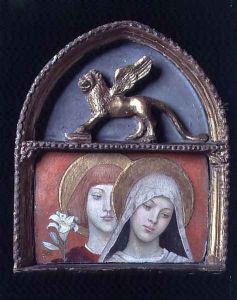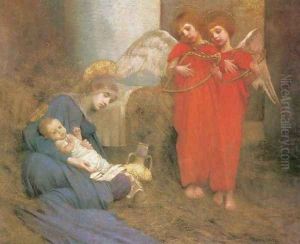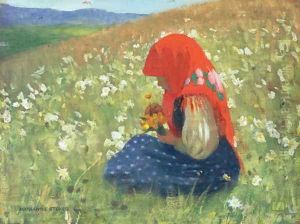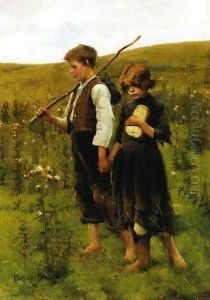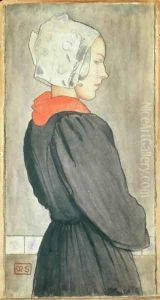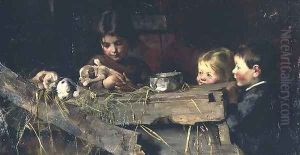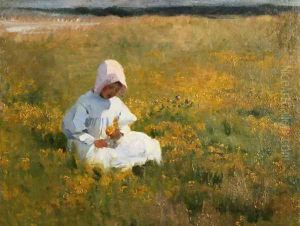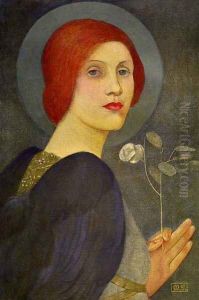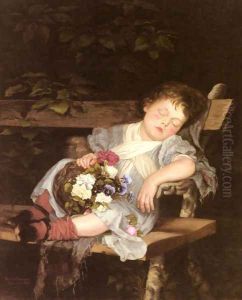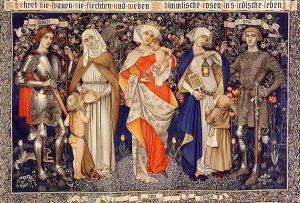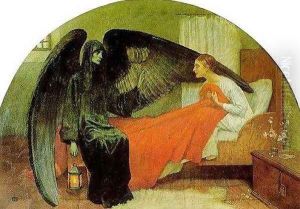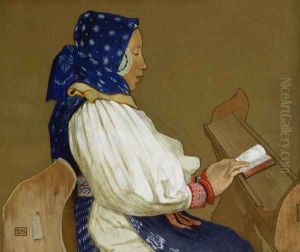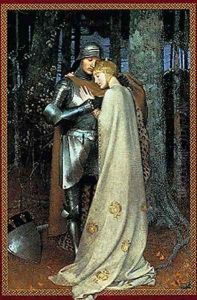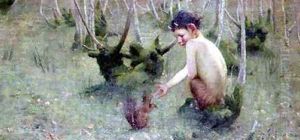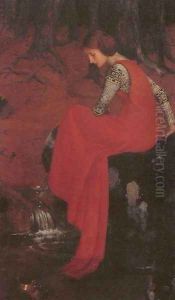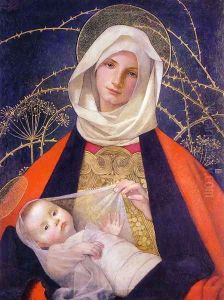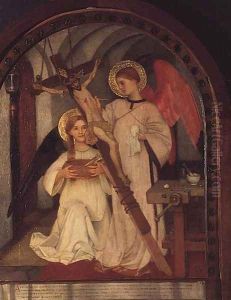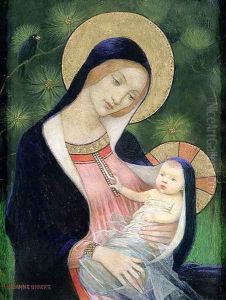Marianne Preindelsberger Stokes Paintings
Marianne Preindelsberger Stokes, born in Graz, Austria in 1855, was an Austrian painter who made significant contributions to the British arts scene after moving to England. She studied art in her home country before continuing her education in Munich, Germany, where she was influenced by the plein-air painting techniques prevalent among German artists at the time. Her early work was noted for its naturalistic style and attention to detail, which was characteristic of the Munich School.
In Munich, Marianne met and married the English landscape painter Adrian Scott Stokes in 1884, and the couple soon moved to England. They both became associated with the Newlyn School of artists, a colony of painters based in Cornwall, known for their realistic works depicting local people and landscapes. Marianne, in particular, is often associated with the broader movement of British Impressionism.
Her work began to evolve as she incorporated the plein-air methodology into her paintings, reflecting the influence of Impressionism on her use of light and color. Marianne Stokes was also inspired by the Arts and Crafts Movement, and she began to explore themes of folklore and medievalism in her work, which led to a unique blend of naturalism and symbolism. Her paintings often featured women and children, set against the backdrop of the Cornish landscape or in stylized medieval settings.
Throughout her career, Marianne exhibited her work widely, including at the Royal Academy in London and internationally. She was celebrated for her technical skill and her ability to capture the essence of her subjects. After her husband's death in 1935, her own work became less known, but in recent years, there has been a renewed interest in her contributions to British art.
Marianne Preindelsberger Stokes passed away in 1927, leaving behind a legacy of work that continues to be appreciated for its beauty and its unique synthesis of different artistic movements of the late 19th and early 20th centuries.
